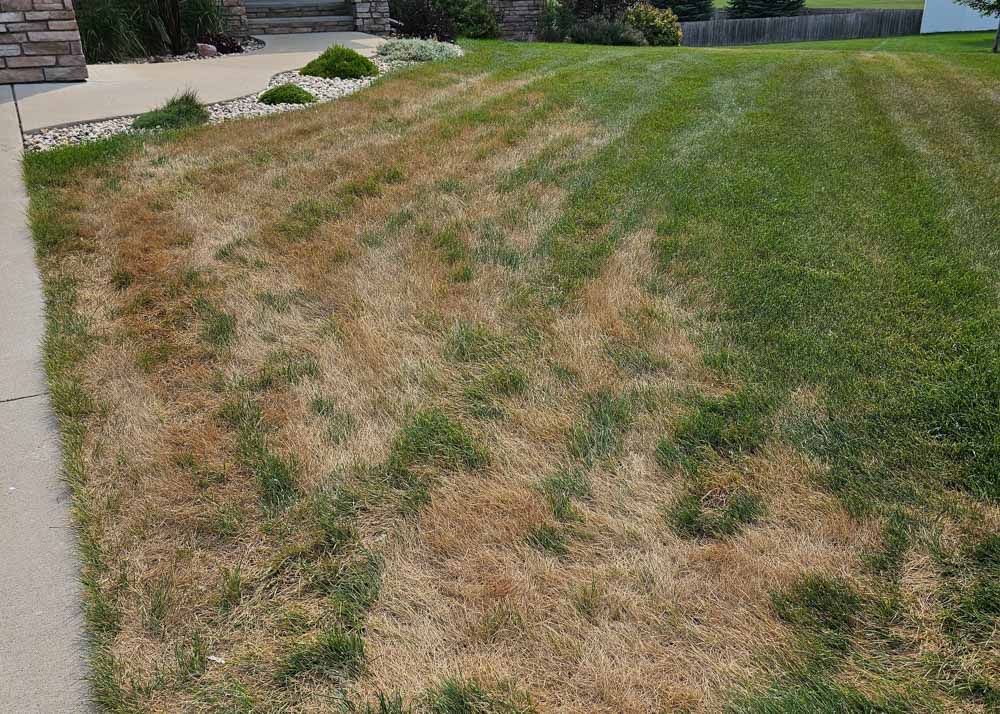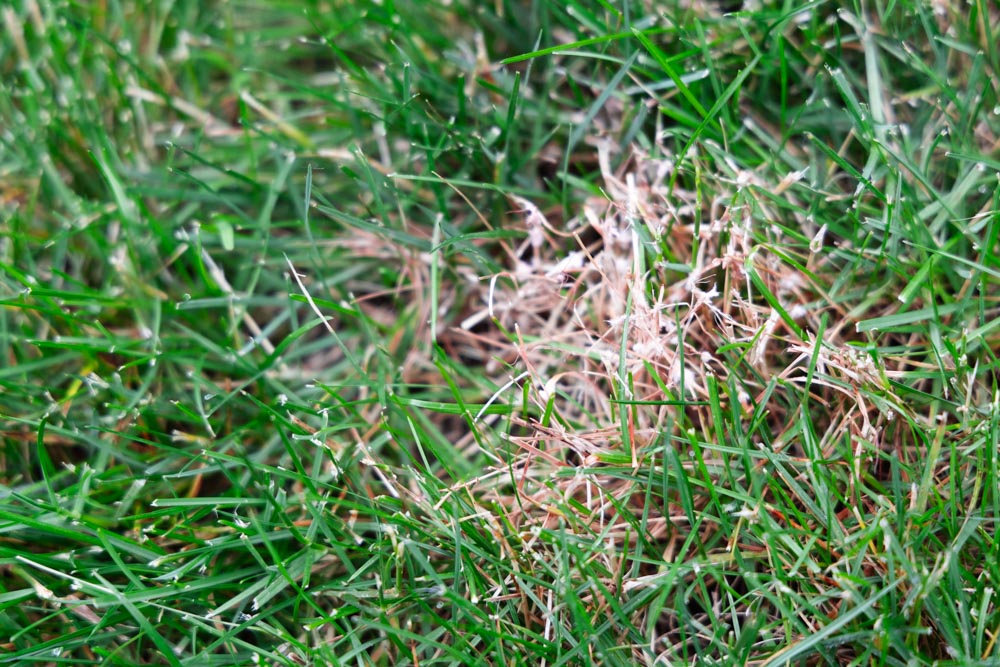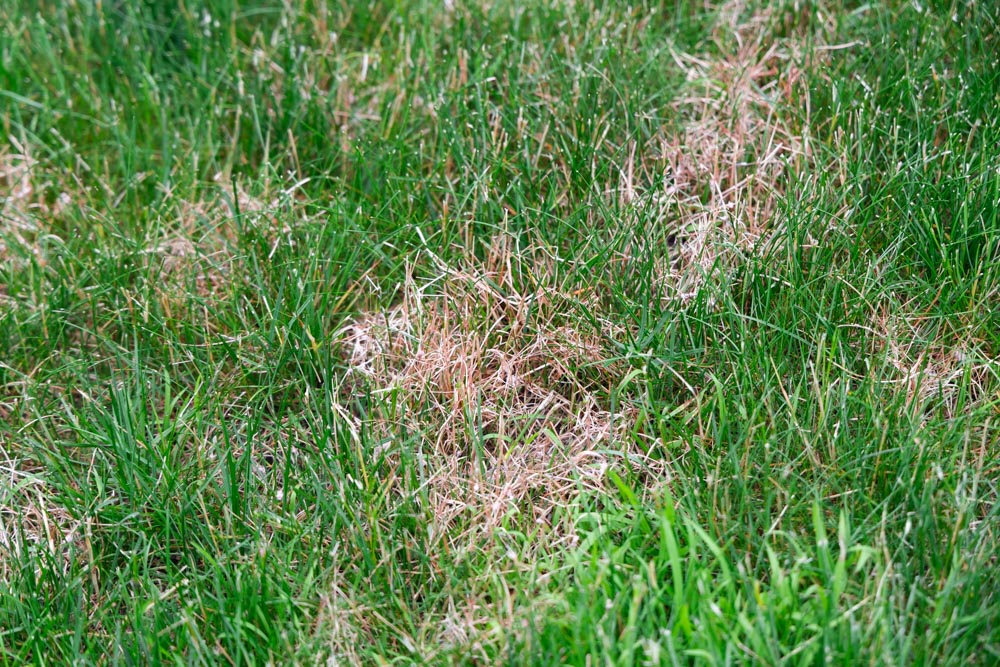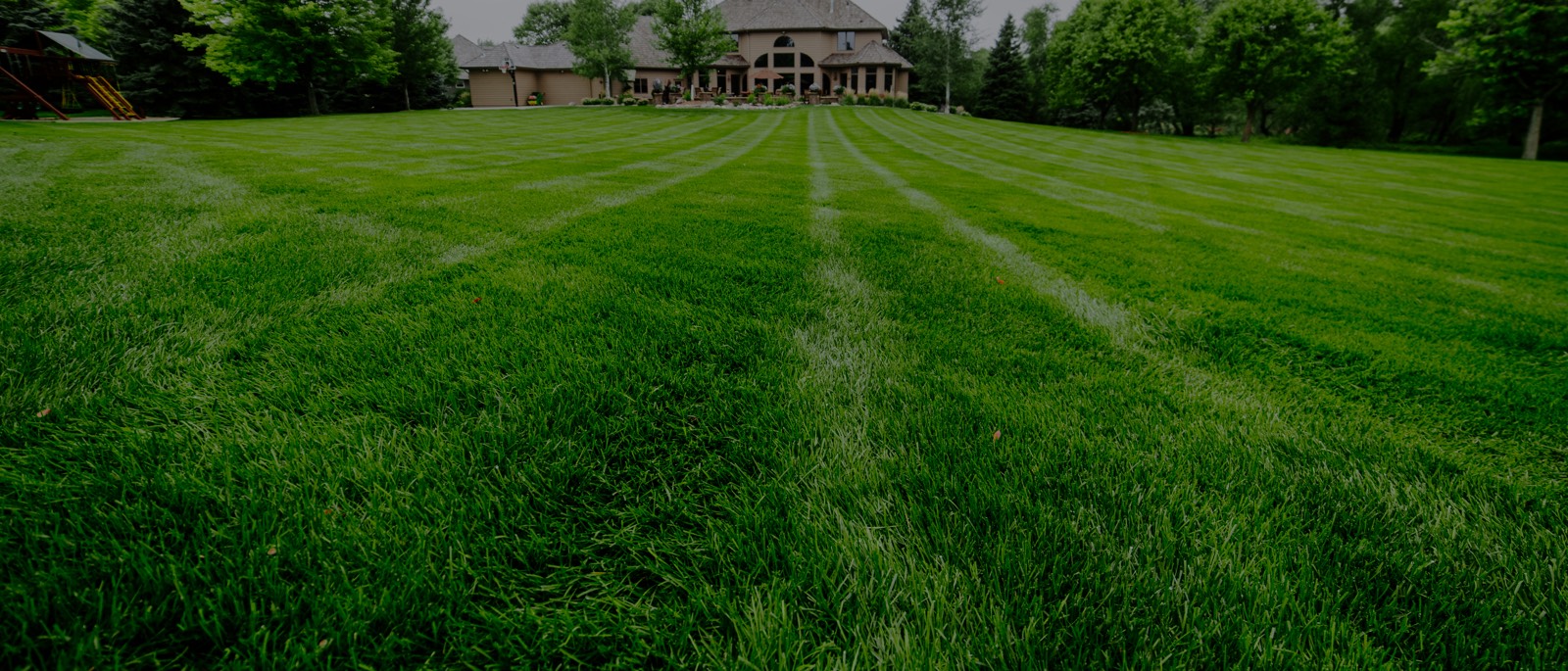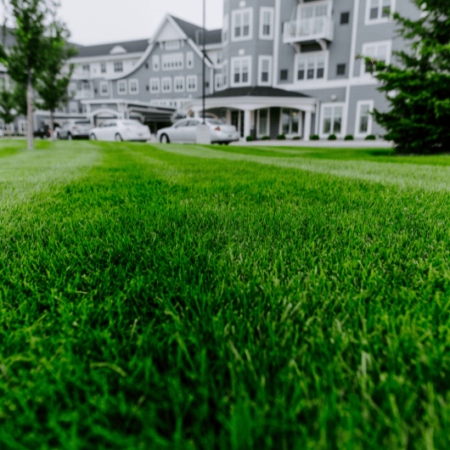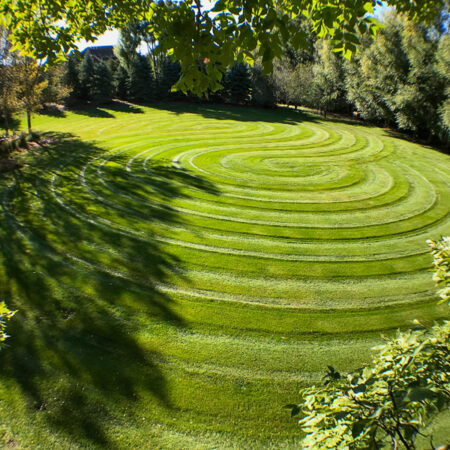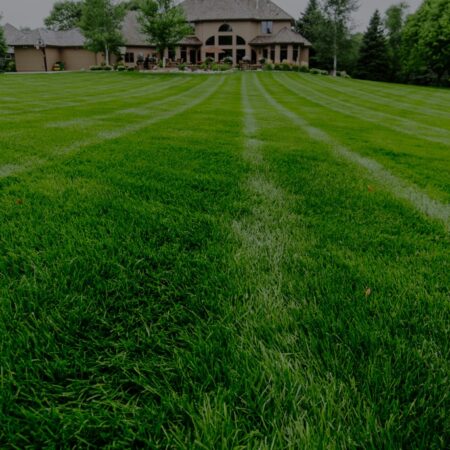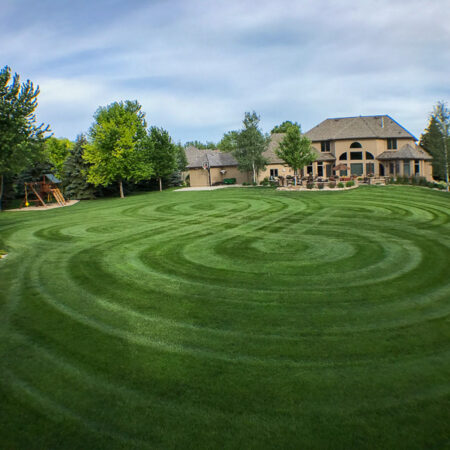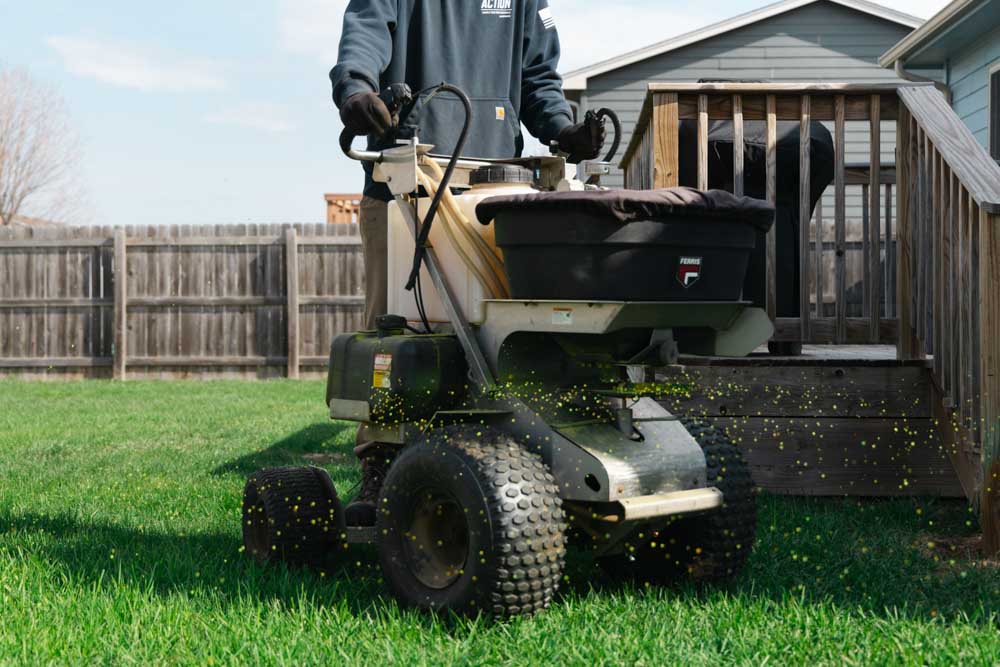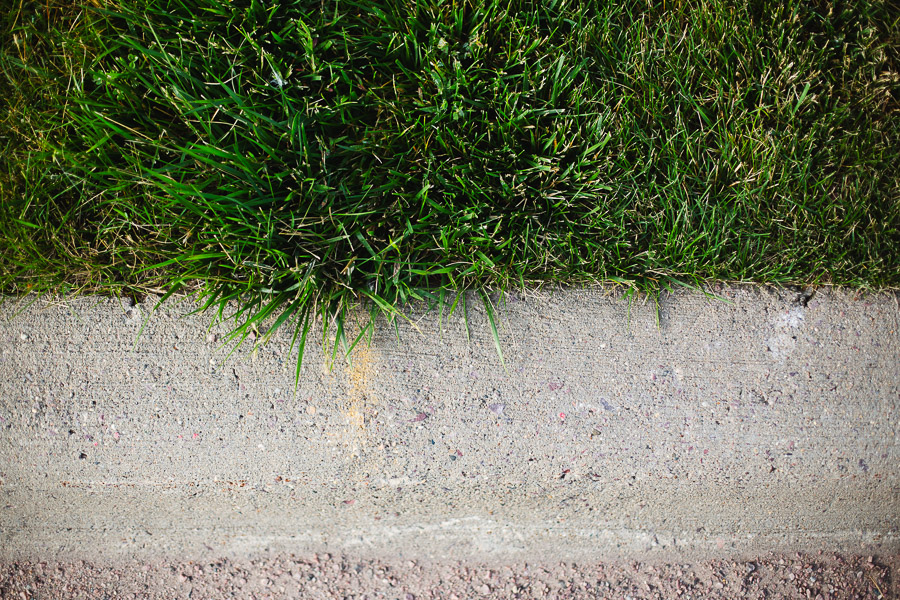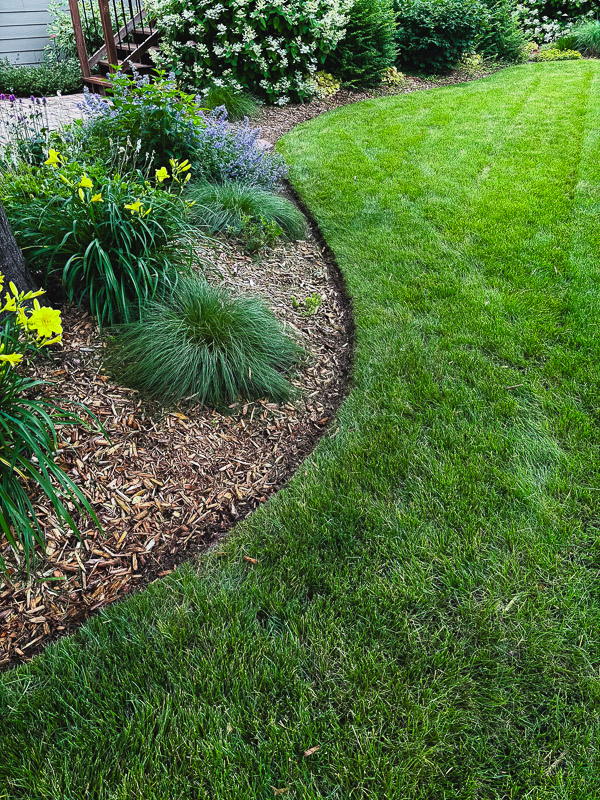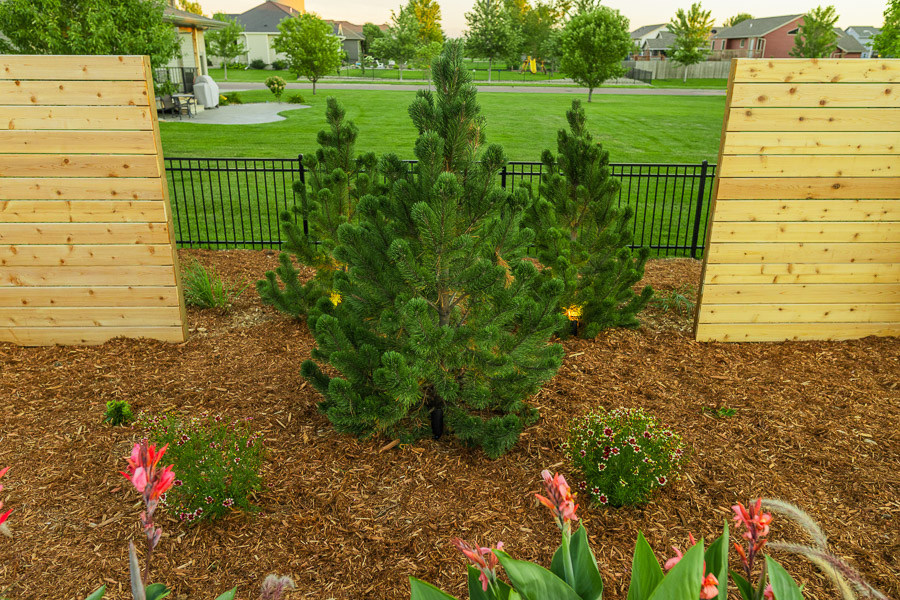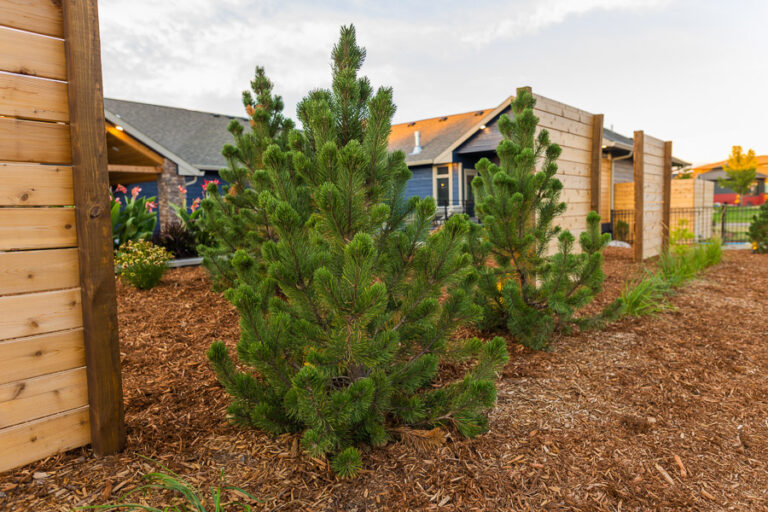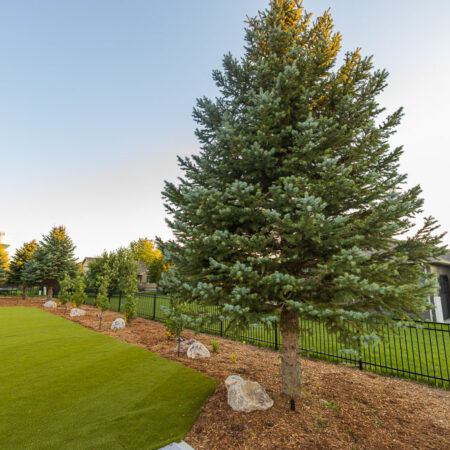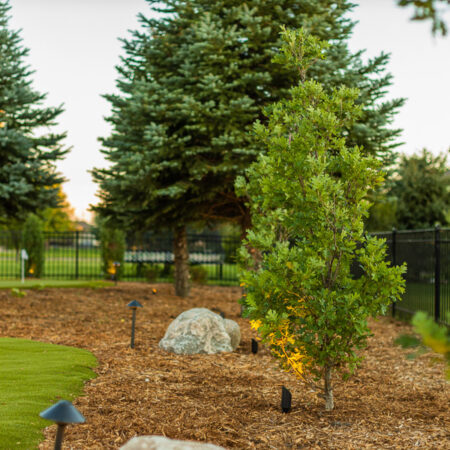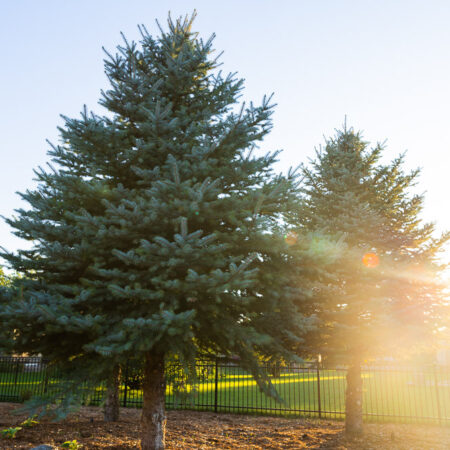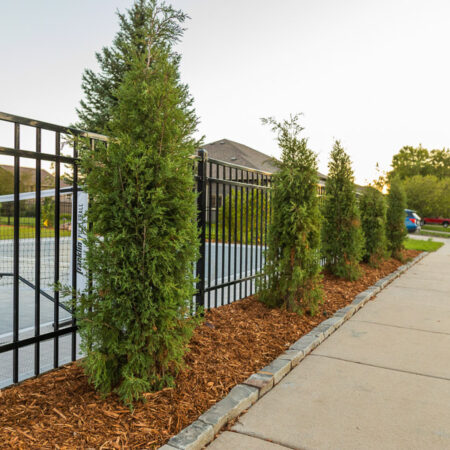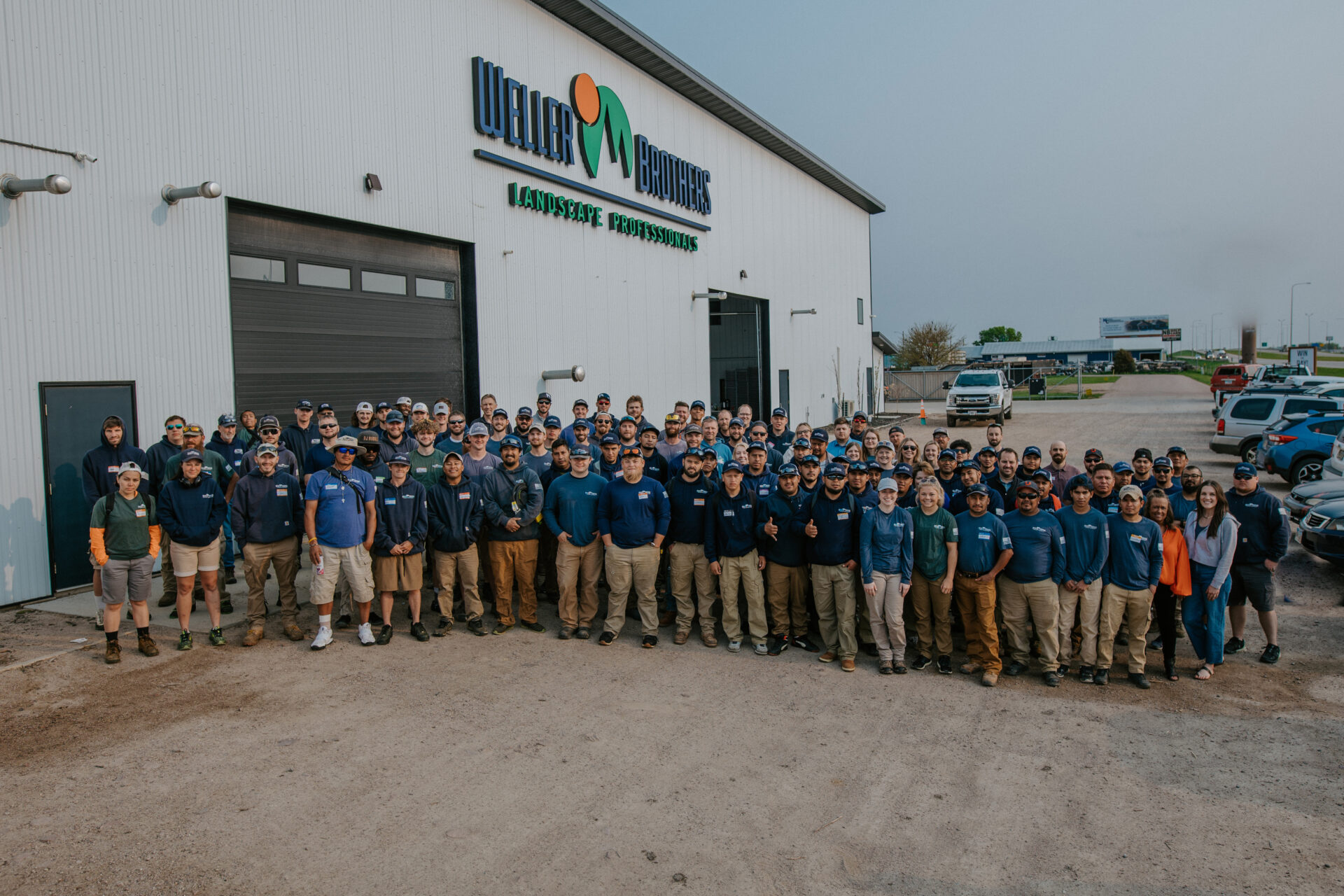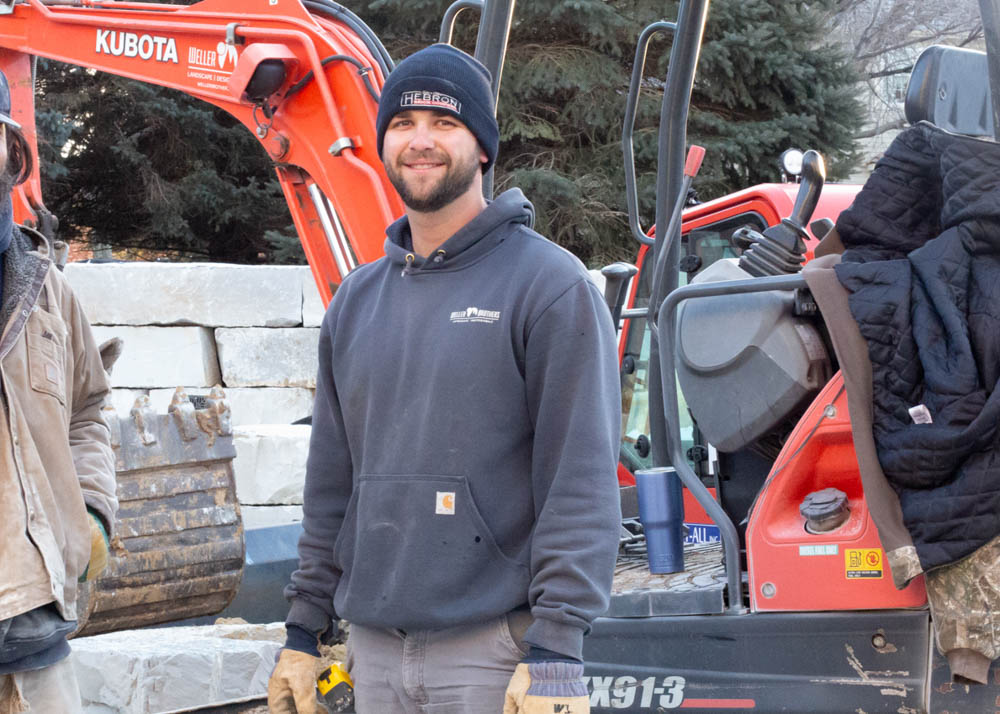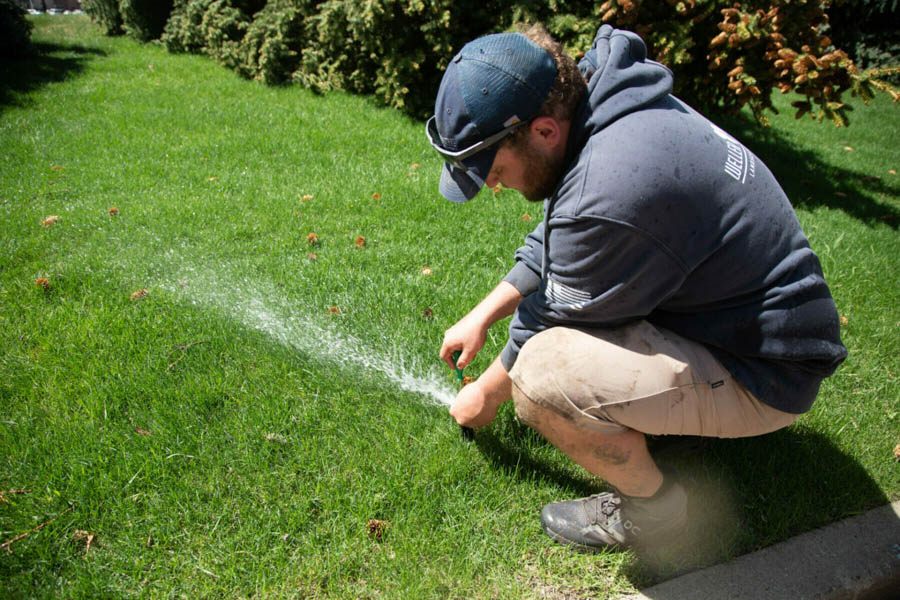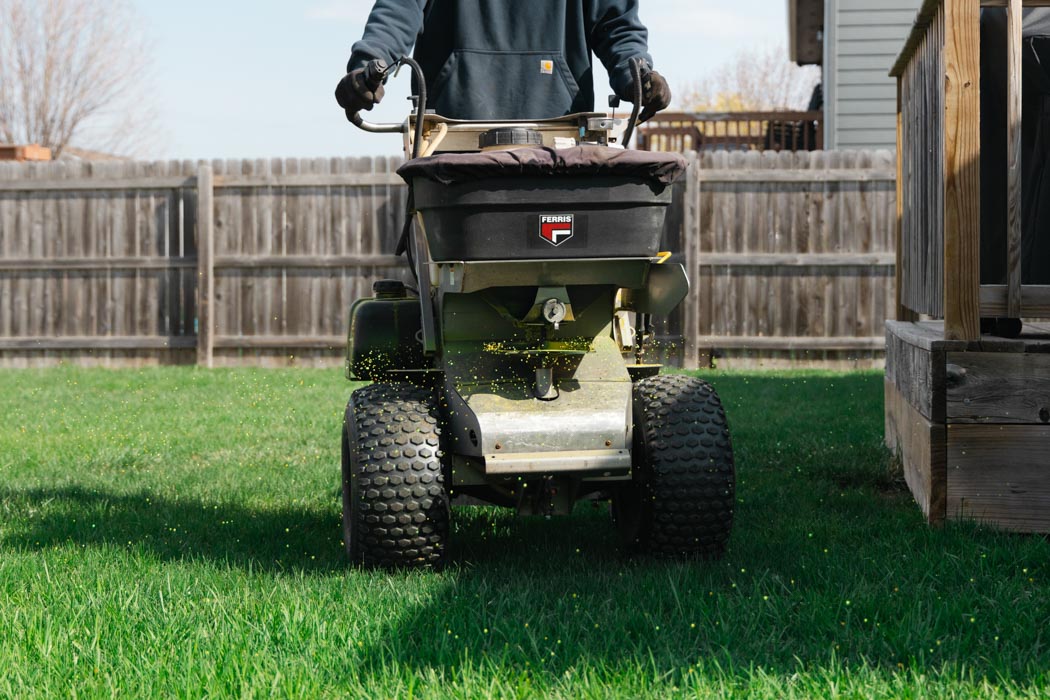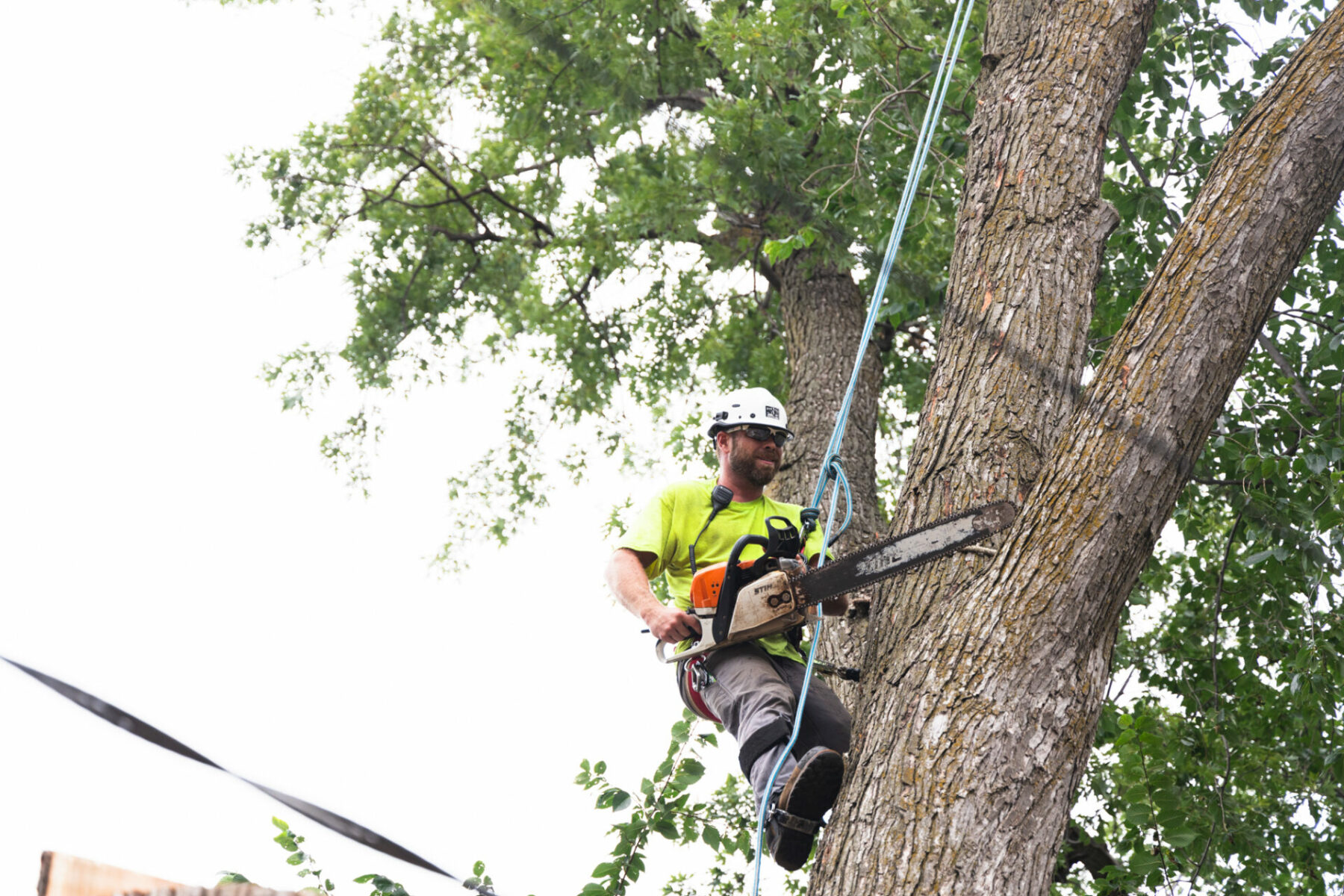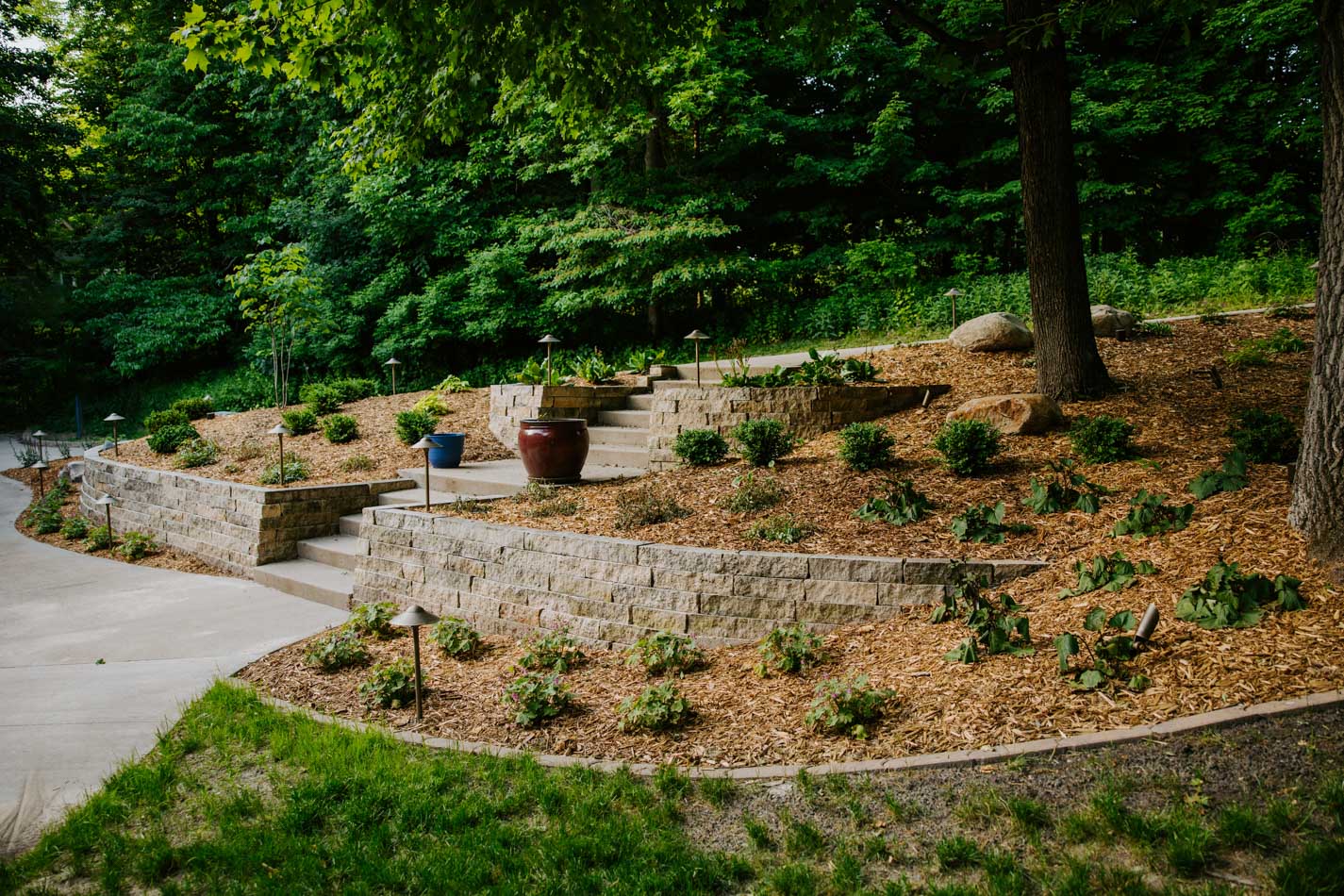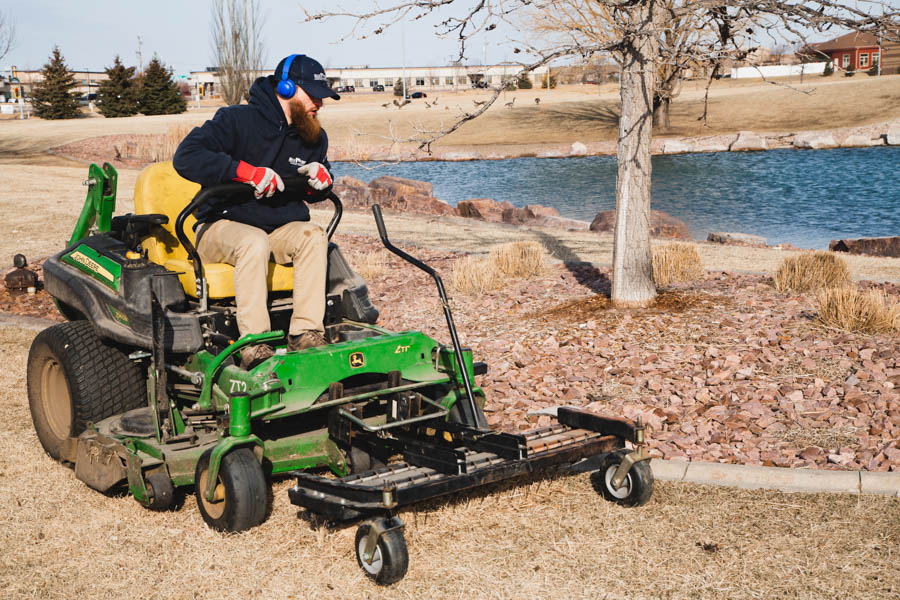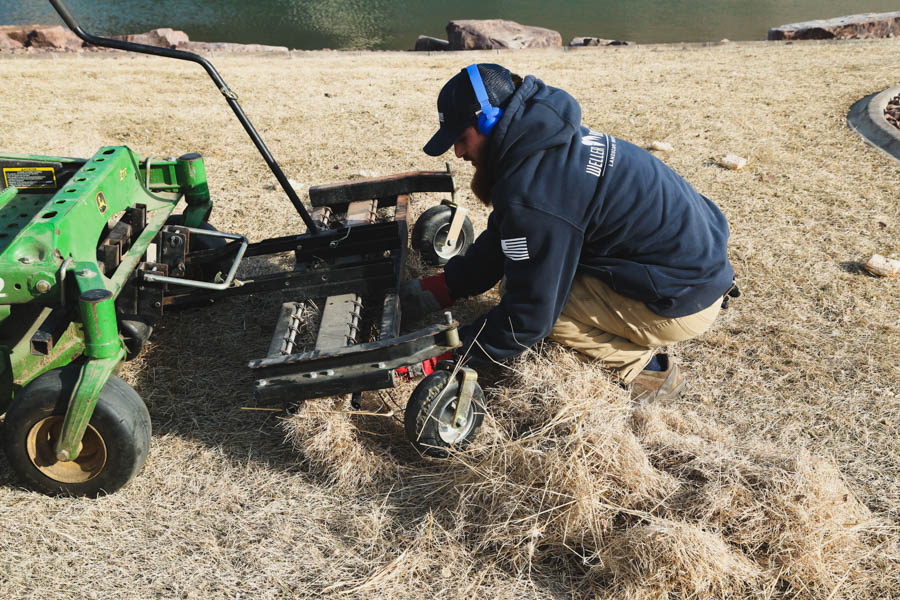How to Identify and Prevent Blight Disease In Your Lawn
We all know what it’s like to feel stressed out. So does your lawn!
When your lawn is stressed, the leaves and blades of grass may turn brown, bleached, or straw-colored. This is a clear symptom of blight disease.
Similar to with Red Thread Disease, your lawn will grow out of blight disease, but it takes practice adjustments and time. The best way to prevent blight is to take preventative measures to keep your lawn stress- and fungus-free.
Why Did My Lawn Get Blight?
- weather and moisture fluctuations
- compacted soil
- improper mowing or watering practices
When any of these occur, blight disease takes over and you’ll see large, irregular patches of dead or discolored grass in your yard.
While this looks bad, there’s good news – blight primarily affects the leaves but doesn’t damage the roots, so it’s not a serious long-term threat to your lawn.
How Can I Prevent Blight?
The best way to prevent blight disease in your Midwest lawn is to keep it healthy and stress-free. We typically see blight disease appear on lawns that have received poor watering practices, are mowed with dull blades, or have a very thick thatch layer.
So, here are some initial steps you can take to improve your lawn care practices:
- Perform deep and infrequent watering vs. frequent and shallow watering. This allows the water to soak further into the soil, encouraging the grass to develop deep roots that can withstand stressful dry periods.
- Maintain proper mowing height for the grass type (usually 2-3 inches), which allows the grass to shade the soil and retain moisture.
- Sharpen mower blades regularly. This creates clean cuts that heal faster and are less prone to infection.
- Perform core aeration in the spring and fall. When soil becomes compacted, it restricts nutrient movement to the roots. This causes stress, making it more susceptible to fungal diseases. Aeration alleviates this compaction.
- Perform dethatching/power raking in the spring. Thick thatch layers trap moisture and create a humid environment in your lawn’s soil – a perfect place for fungus! When you remove this excess thatch, air can circulate better near the neal and reduce moisture build-up.
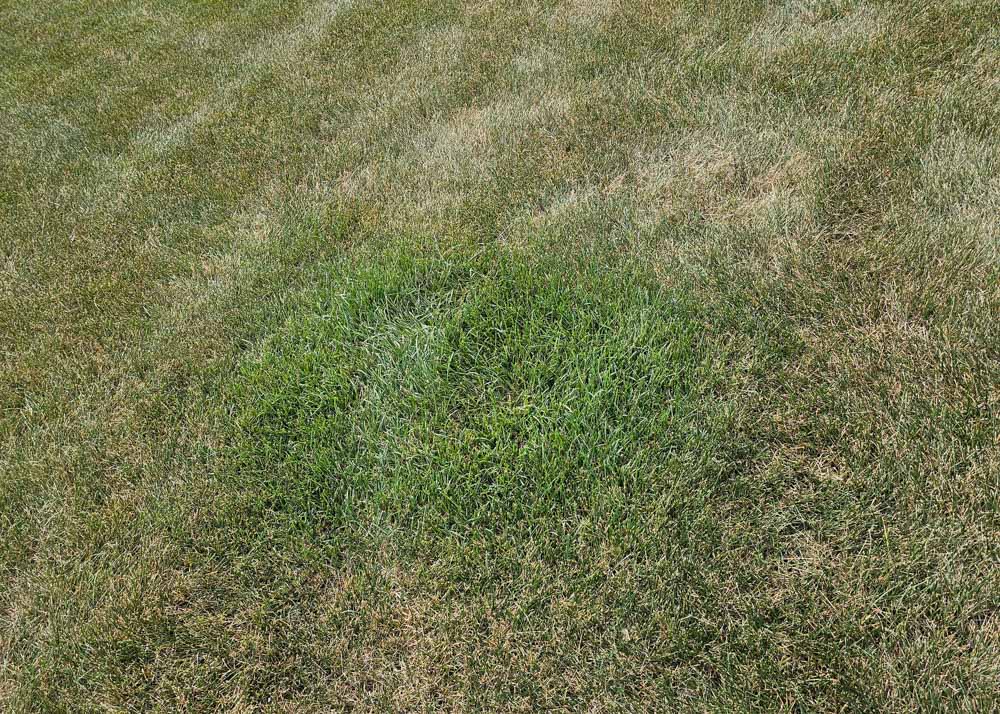
How Do I Treat Blight?
Once you address the stress factors by implementing the above practices, blight disease will likely resolve on its own. We do not recommend treating blight with fungicides but rather by correcting the stress-causing practices.
So, here are your next steps if your lawn has blight disease:
- Identify the stress-causing factor(s). Are your mower blades dull? Has it been years since you’ve had aeration and dethatching?
- Fix the issue. For example, get new mower blades. Or, schedule aeration and dethatching with Weller Brothers.
- Give it time. Once you have addressed the stress factor, your lawn should bounce back to health in 4-6 mowings.
Weller Brothers Is Here to Help
There are many turf diseases to watch out for in the Midwest. If you notice brown or dry spots in your lawn, something’s up.
The best thing to do is contact a turf specialist at Weller Brothers Landscape Professionals so he or she can identify the lawn disease and the proper treatment.

